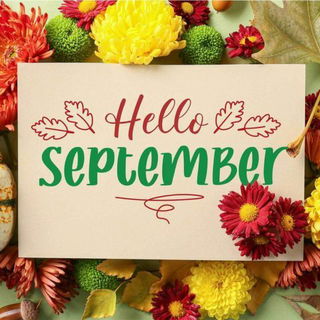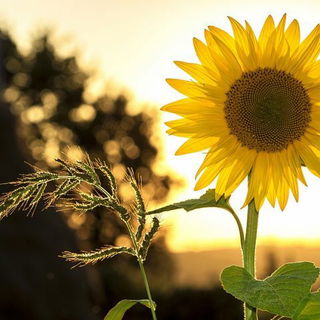- Calendar
- Calendar 2025
- September
- Autumnal Equinox (Start of Fall)
Autumnal Equinox (Start of Fall)
The Autumnal Equinox, or the first day of fall in the Northern Hemisphere takes place every year on September 22nd or September 23rd.
In 2024, The Autumnal Equinox will take place on September 22,at 08:44 A.M. EDT, and the season will last for approximately 89 days and 20 hours, to December 21.
This day marks the moment when the sun is directly above the equator while moving from north to south, and also the astronomical beginning of Fall in the Northern Hemisphere.
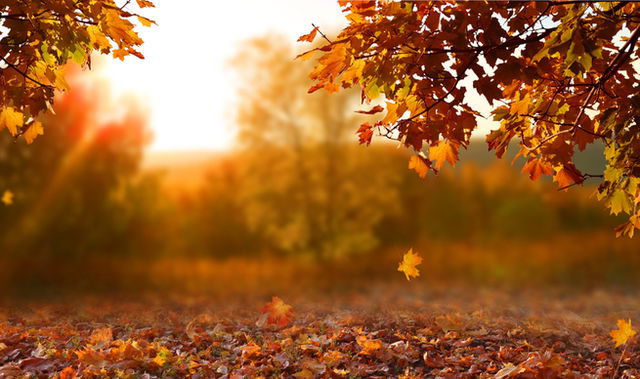
What is the Autumnal Equinox
The Autumnal Equinox , also known as the Fall Equinox happens when the sun crosses the equator from the Northern to the Southern Hemisphere.
On the day of the Autumnal Equinox , the Sun is directly overhead at noon at the equator and the length of day and night is approximately equal all around the world.
When this happens, the Northern Hemisphere of the Earth starts to tilt away from the Sun, which results in shorter days and longer nights.
The term “Equinox” is derived from two Latin words- aequus and nox meaning “equal night”. This is because, during an equinox, day, and night are around the same length in terms of duration.
This happens because the sun is above the equator line for 12 hours during an equinox. It is exactly at the moment that the sun crosses the equator line that the Autumnal Equinox happens.
The autumnal equinox typically occurs around September 22nd or 23rd each year. However, due to the complications of Earth's orbit and the Gregorian calendar, it may occasionally fall one day earlier or later. Although, the chance for this deviation is quite rare.
Around the Autumnal Equinox, there is a full moon known as the “harvest moon”. As the night sets earlier during fall, the full moon closest to the equinox allows farmers to work later into the evening.
The end of Autumn is marked by the Winter Solstice, which takes place in December and marks the arrival of winter in the Northern Hemisphere.
First Day of Autumn in the Next Few Years
| 2024 | Sunday, September 22, 5:43 AM EDT |
| 2025 | Monday, September 22, 2:20 PM EDT |
| 2026 | Wednesday, September 23, 5:05 PM EDT |
| 2027 | Thursday, September 23, 11:01 PM EDT |
| 2028 | Friday, September 22, 7:45 AM EDT |
Autumnal Equinox Celebrations
Many cultures around the world commemorate the arrival of the fall with ancient traditions and rituals.
Civilizations such as the Druids and the Mayans were already celebrating the equinox centuries ago.
This is because the changing of the seasons meant that the harvest season was soon to arrive.
Wiccans, druids, and pagans who still observe the traditions surrounding the Autumnal Equinox, flock to Stonehenge in England every year to observe the sunrise and perform their rituals.
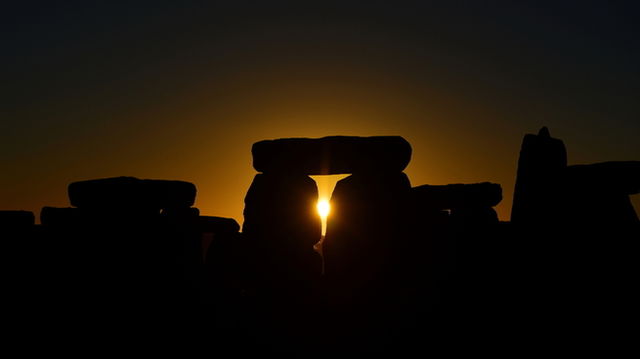
Paganism knows the equinox as the Second Harvest, or Mabon, a day to thank the summer and welcome the coming darkness.
People who observe the Second Harvest build altars with offerings of fruits and vegetables for their gratitude rituals and donate food to the needy.
In Canada and the United States, even people who do not practice the Mabon rituals have their own traditions and activities that begin around the Autumnal Equinox.
As fall arrives, the festival season commences and preparations for them are in full bloom. Some of the most important festivals we celebrate during fall across the globe are:
- Halloween: A spirited holiday filled with customs, spooky decorations, and trick-or-treating fun.
- Diwali: The Festival of Lights, is a joyous Hindu celebration that illuminates homes with lamps, symbolizing the triumph of light over darkness.
- Oktoberfest: Held in Munich, Germany, transforms the city into a lively hub of traditional music, vibrant parades, and enthusiastic beer enthusiasts.
- Thanksgiving: a cherished holiday in the United States and Canada, brings families and friends together to express gratitude while enjoying a delicious feast.
Five Fascinating Fall Facts
- The word “autumn” is derived from the ancient Etruscan word “autu,” meaning “end of the year.”
- The changing colors of leaves in fall are caused by the decrease in chlorophyll production, revealing the pigments that were masked by the dominant green color.
- Fall is a popular time for meteor showers, including the Orionids and the Leonids, which occur in October and November respectively.
- Many animals, including squirrels, chipmunks, and bears, increase their food intake during fall to build up fat reserves for the winter months.
- The smell of fall leaves is due to a compound called geosmin, which is released when leaves decompose.
Read Next:
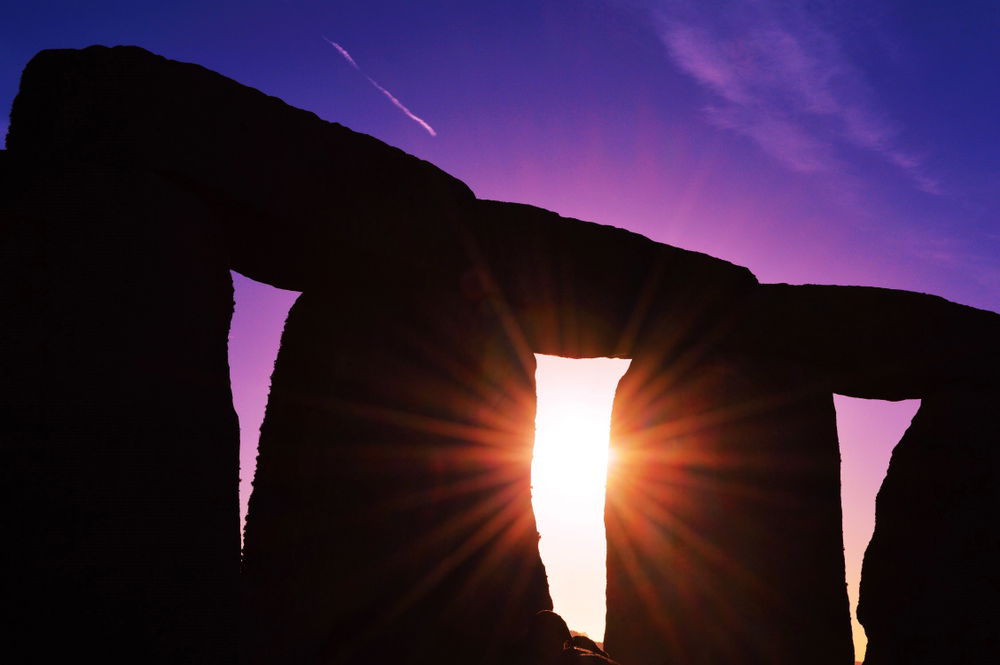
Other Celebrations
-
Mar 01 Sat
-
Mar 15 Sat
-
Mar 20 Thu
-
Apr 20 Sun
-
Nov 02 Sun
-
Dec 31 Wed

Autumnal Equinox (Start of Fall) - Next years
Tuesday, 22 September 2026
Wednesday, 22 September 2027
Friday, 22 September 2028






